In the mid-1970s, British photographer Janette Beckman tells VICE, she left her home in London to pursue her dream of becoming an artist. "I decided, 'I'm leaving home. I’m going to be an artist and take drugs!'" she says with a laugh, sitting in the kitchen of her Manhattan loft.
She moved into a semi-squat in Streatham filled with art students and rented a floor for the impressive fee of £5 a week from an eccentric professor who taught at London University. "He was a spiritualist and was in touch with his dead wife," Beckman reveals, before going on to recount summers spent at the professor's nudist camp just outside the city, where they grew weed in the backyard.
Beckman completed her studies at the London College of Printing, then got a job teaching photography to teens at the Kingsway Princeton School for Further Education in 1976 just as punk exploded on the scene. Entranced by the raw energy taking aim at the establishment, Beckman found the perfect subject to launch her four-decade photography career.
With the publication of Raw Punk Streets UK 1979-1982 (Café Royal Press), Beckman delves deep into her archives, unearthing never-before-seen images of the UK punk scene in its formative years. We catch up with Beckman to discuss the D.I.Y. ethos that became the basis for punk—and her life’s work, which includes photographs of everyone from the Sex Pistols, the Clash, and X to Debbie Harry, Dee Dee Ramone, and Siouxsie Sioux.
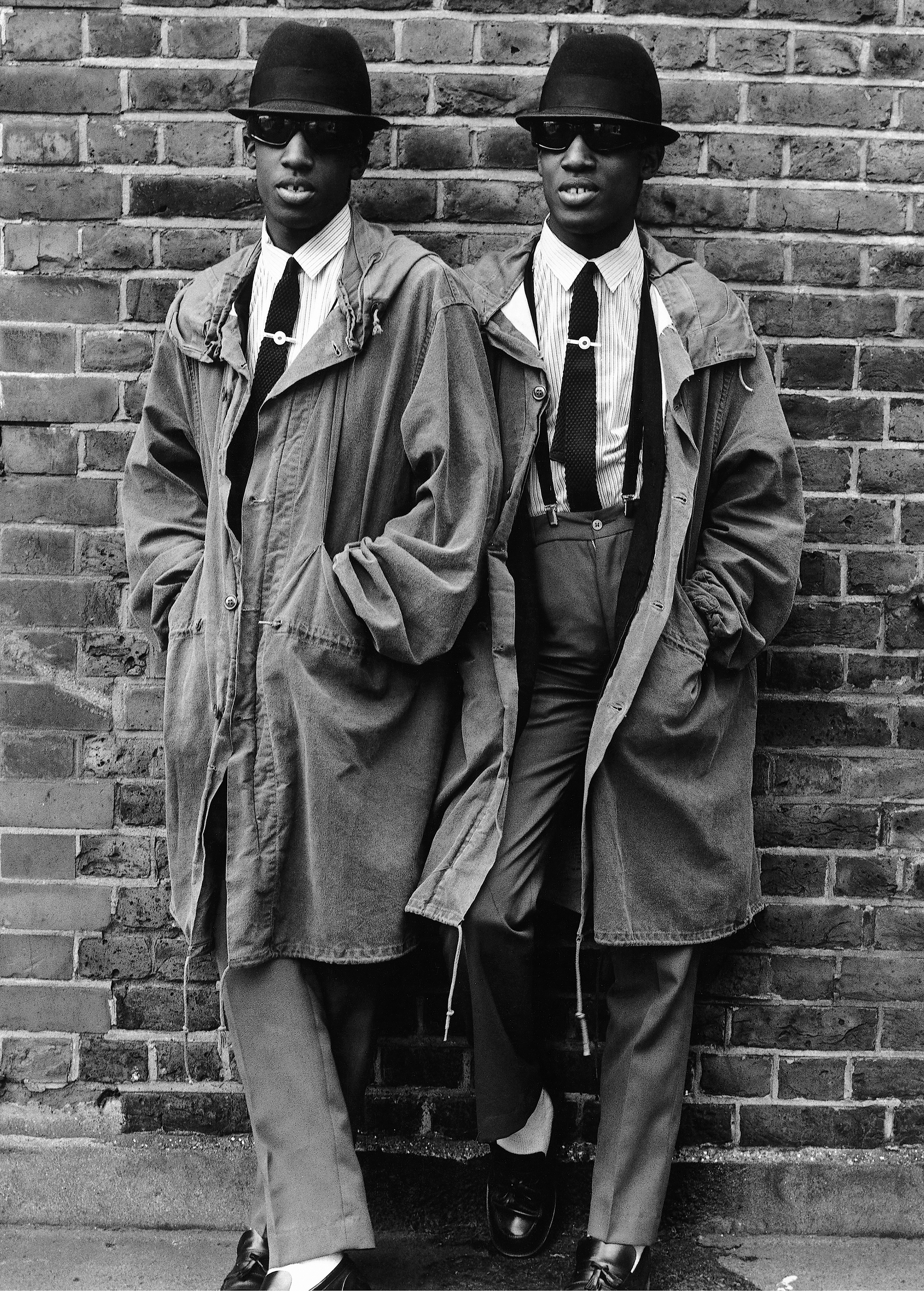
How did you first get into the punk scene?
The punk thing was starting when I arrived at Kingsway Princeton. John Lydon had just left. There were a lot of punks from the local neighborhood in East London, many of them living in squats. They would be smoking weed in the darkroom. I was a few years older than them. It was great to have this teaching job right out of school.
The first British youth culture portrait I took was of the Islington Twins. I came out of class one day at lunchtime and they were there standing against the wall, the most stylish, cool-looking guys I had ever seen. I had this 2 1/4 camera—it wasn’t a Rollei but rather a cheap Russian version of one—and I started talking to them and took their picture. We are still friends to this day.
Around that time, I walked into the office at Sounds and asked to have someone look at my pictures. Out popped Vivien Goldman, the features editor. I didn’t have any pictures of musicians in my book, but I had a few portraits of people in the neighborhood. She looked at my work and asked if I wanted to go photograph somebands that night: Siouxsie and the Banshees with Spizzoil.
I got to photograph Spizzoil at this old gas station. Then I went to the Siouxsie concert and managed to figure out how to take live pictures of a band on stage at the Roundhouse. I went running back to my darkroom after the gig developing my film and making prints. I turned up the next day with the prints and Vivien gave me another job.
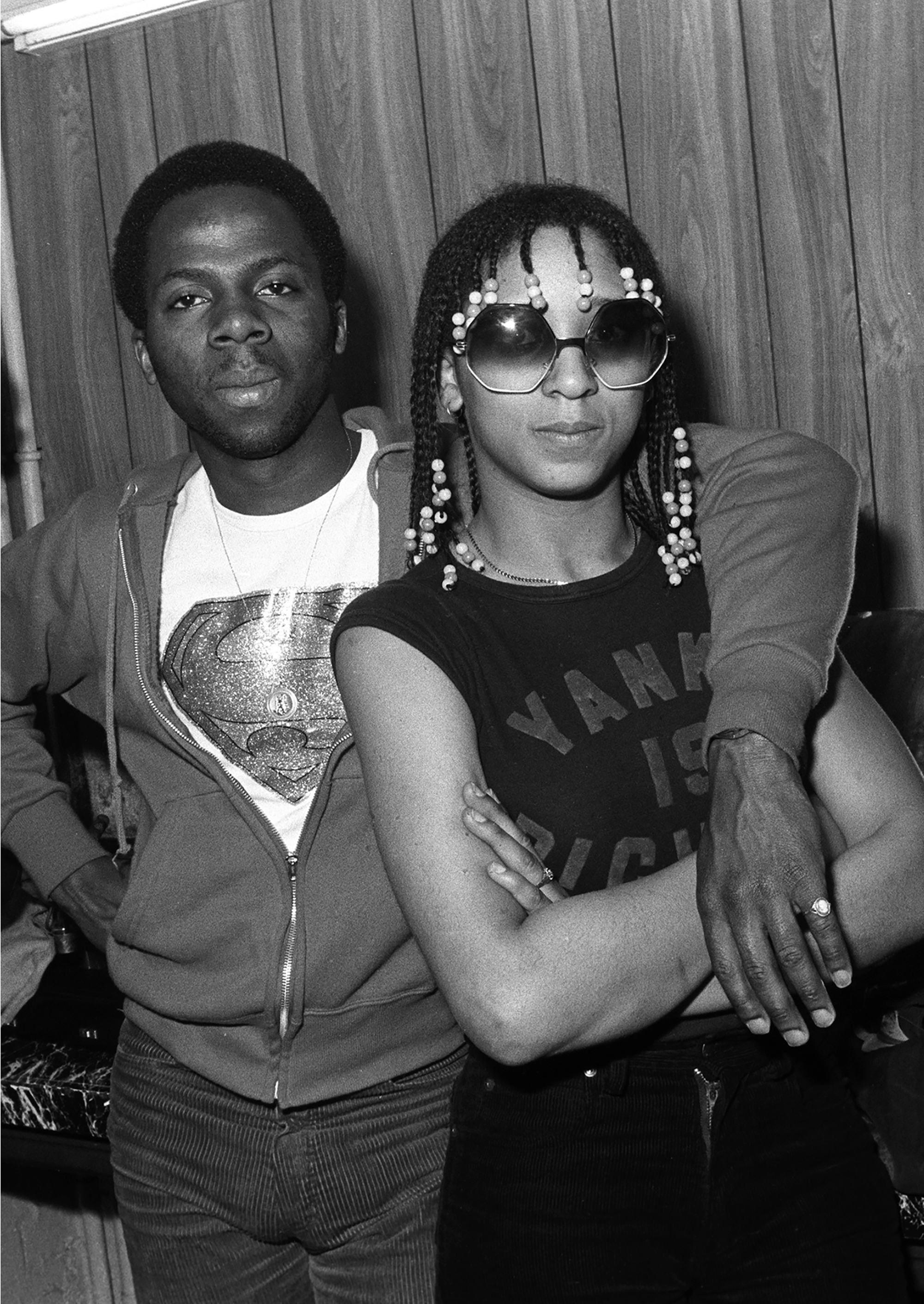
What was it like to be in London just as punk took off?
My little darkroom was on Neal Street in Covent Garden back when it was a fruit and vegetable market. I shared it with a weaver, and our illustrator friend was on the other side of the wall. We were on the same block as the Roxy, a famous punk club. You started to see kids on the street with mohawks. London got a lot more colorful.
I went out with friends to see bands. There was a crazy Australian girl named Dominique who took all of her clothes off during the concert and was running around naked. Nobody cared. At the end of the evening, everyone was trashed, screaming and yelling. We couldn’t find her clothes, so we got some old curtain and wrapped it around her.
How did the establishment respond to punk?
It was a very different time. England was set in its ways. Punk came along and shattered all of that with a "fuck you" to the Queen and country. We needed a change. The economy was terrible. People were desperate. Conservatives were shutting everything down. We hated the government.
I wasn’t a punk. I was an art school rebel documenting the scene. I was running around with a Madness t-shirt that said, "Fuck art, let’s dance" with pajama bottoms and Converse sneakers. I remember going in the post office and the lady behind the counter was having a meltdown, saying, "How can you come in here like that! It’s disgusting!" I realized that all she could see was the word "Fuck." The older generation was horrified by everything. When Johnny Rotten said, "fuck" on TV for the first time, it was a national scandal.
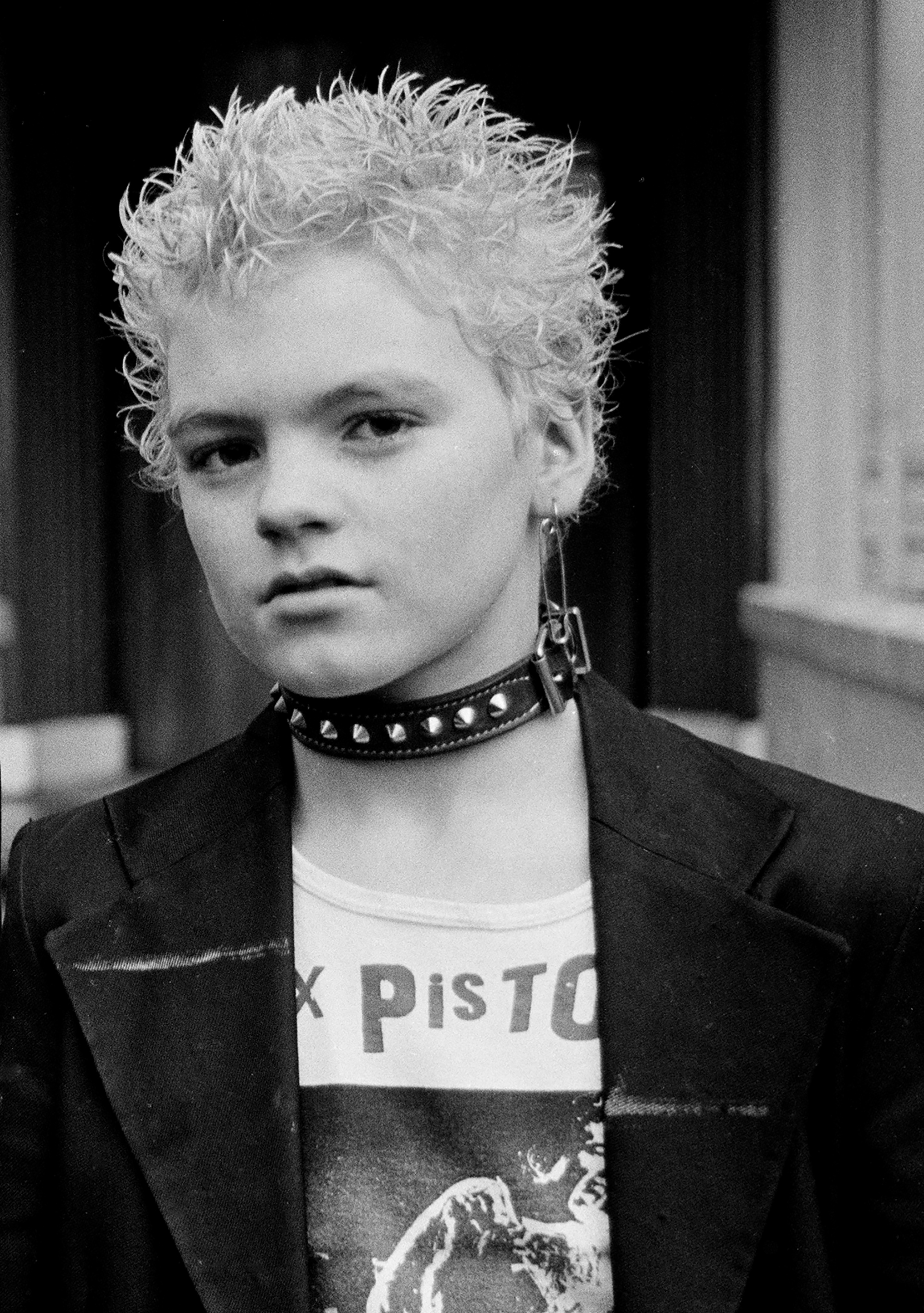
When did punk take off for you?
Shortly after Sounds, I went to Melody Maker. Their chief photographer, Tom Sheehan, loved rock and would take trips to photograph Ozzy Osbourne in Texas. I was the 'second' photographer, so the editor would say to me "There is this punk band, the Undertones. Do you want to cover them?"
I'd be on the road with the Undertones for three days trying to to get a cover picture and individual portraits and an inside spread. I felt like the kid in Almost Famous: "Excuse me? I need to take my picture," and the manager would say, "The guys aren't up yet." So I would take pictures of the fans and get live shots, and just as the band was getting on the bus, they'd tell me, "You've got ten minutes."
I would already have scouted the neighborhood for a perfect wall. I'd line them up and get the pictures, and then off I'd go. They go off to their next gig, I take the train back to London, develop the film, and go to the paper the next day with my prints. I probably made £35, £50—and they didn't pay expenses. But I managed to build up this incredible archive.
What was the relationship between bands and fans?
You didn't have to be a talented musician to join a band. You could just pick up an instrument, jump on stage, start thrashing it, and learn it as you went along. That's the whole punk aesthetic, and it made it very open for everybody. They call it the punk era, but that included punks, mods, skinheads, rockabilly, and two-tone. There were pubs where everyone used to hang out together.
What was it like to photograph the Sex Pistols at their height?
Malcolm McLaren [their manager] was an incredible Svengali. I have a lot of respect for what he did. I feel like the Sex Pistols were a manufactured group, like the Spice Girls. When I took that picture of the Pistols in the dumpster, I remember them going, "What should we do? Let's knock that lady off her bicycle." They were just a bunch of kids at the time trying to think of something bad to do for a photo. I get it.
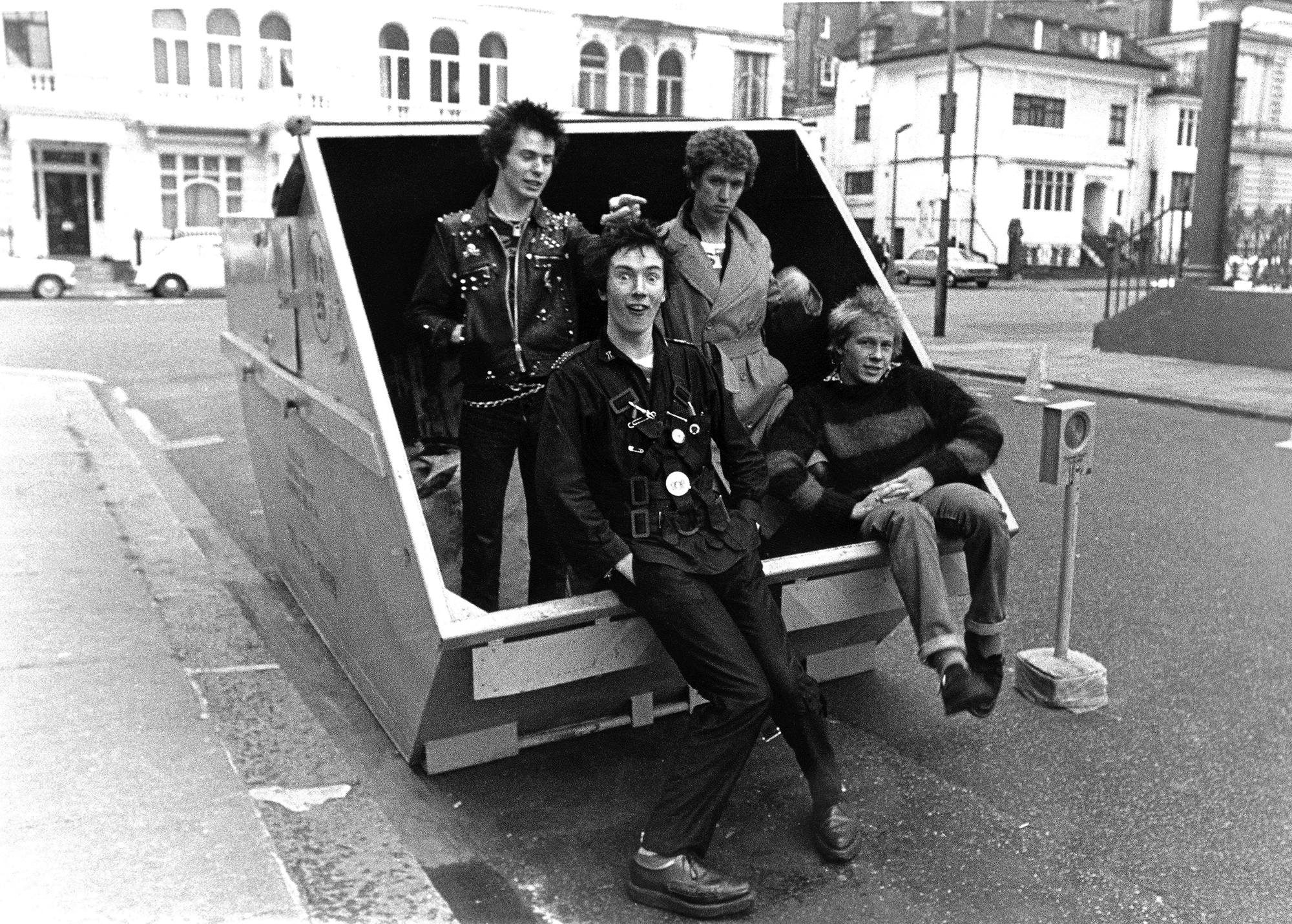
What was one of the most memorable photos you ever took?
I used to work for Rough Trade and I got a job shooting promo pictures for Stiff Little Fingers, a punk band from Ireland. Growing up as a teen in Ireland at that time must have been terrifying because you could walk down the street and be killed. I wanted to give that sense of what it would be like to be a little Protestant kid in Northern Ireland.
I remember walking around the streets of London looking for a kid. It was getting dark when I walked into these projects on the south side of the Thames. There was this kid standing there and he had this little toy gun. I asked if I could take a picture and it was perfect. He was tough and vulnerable at the same time. They used the photo for the single "Gotta Gettaway."
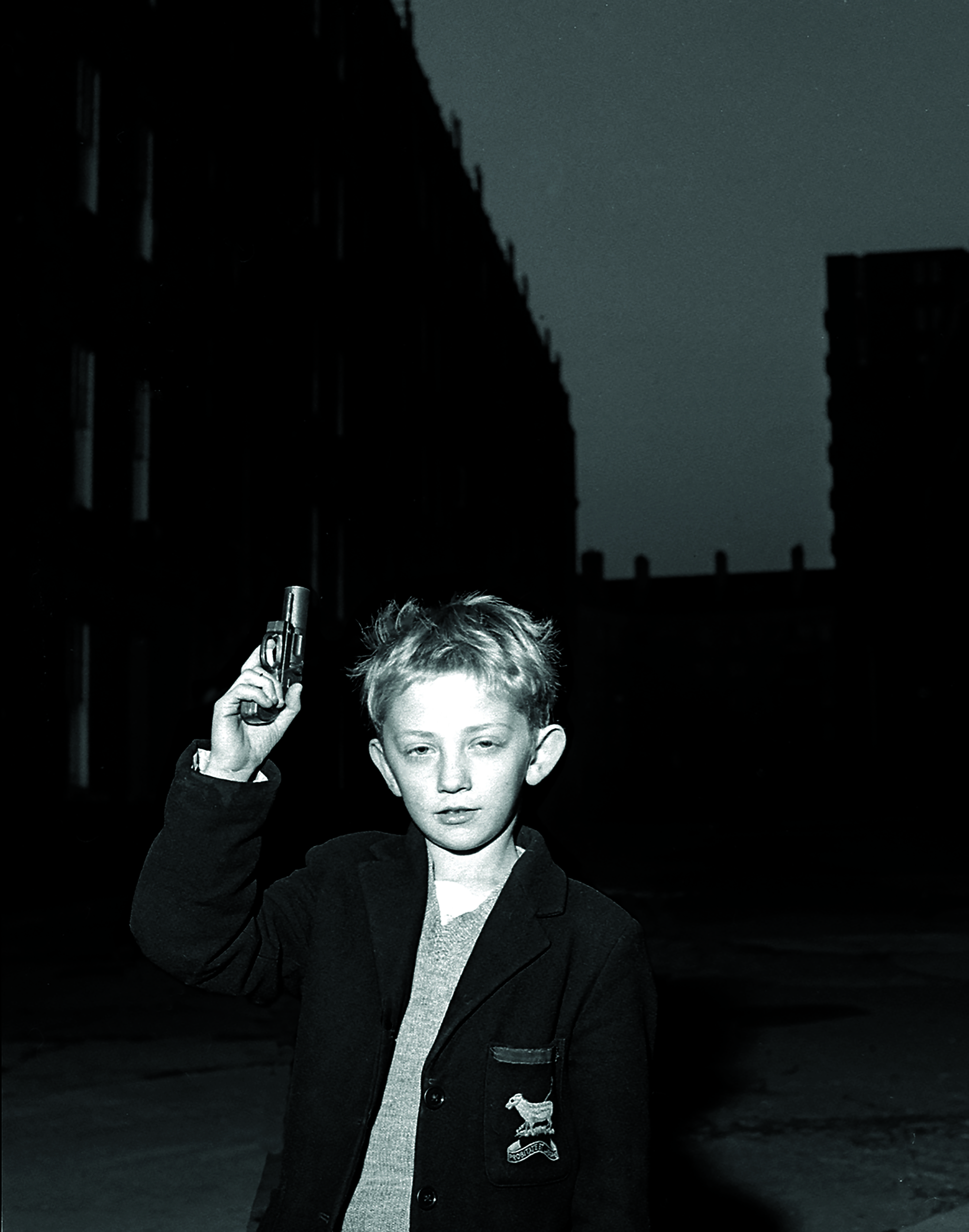
When did you realize this could be a real career?
I photographed the Police for Oulandos D'Amour. I remember the art director saying, "There's this new punk band. Do you want to do their album cover?" I bought a Hasselblad to take that picture because the album cover was square. I spent all my money on this camera that I didn't know how to use, as usual. I didn't have help so I had to figure it out. That was my first album cover. I went home to my mum saying, "See, I can make a living! Look, I got $500 for this!"
Later that year I went to L.A. and there was my picture on a billboard over Tower Records. I was having a heart attack. I was like, "I made it!" I went into Tower Records and it was on t-shirts and merchandise. Now, in retrospect, I'm like, "Fuck! I never got paid for any of that."
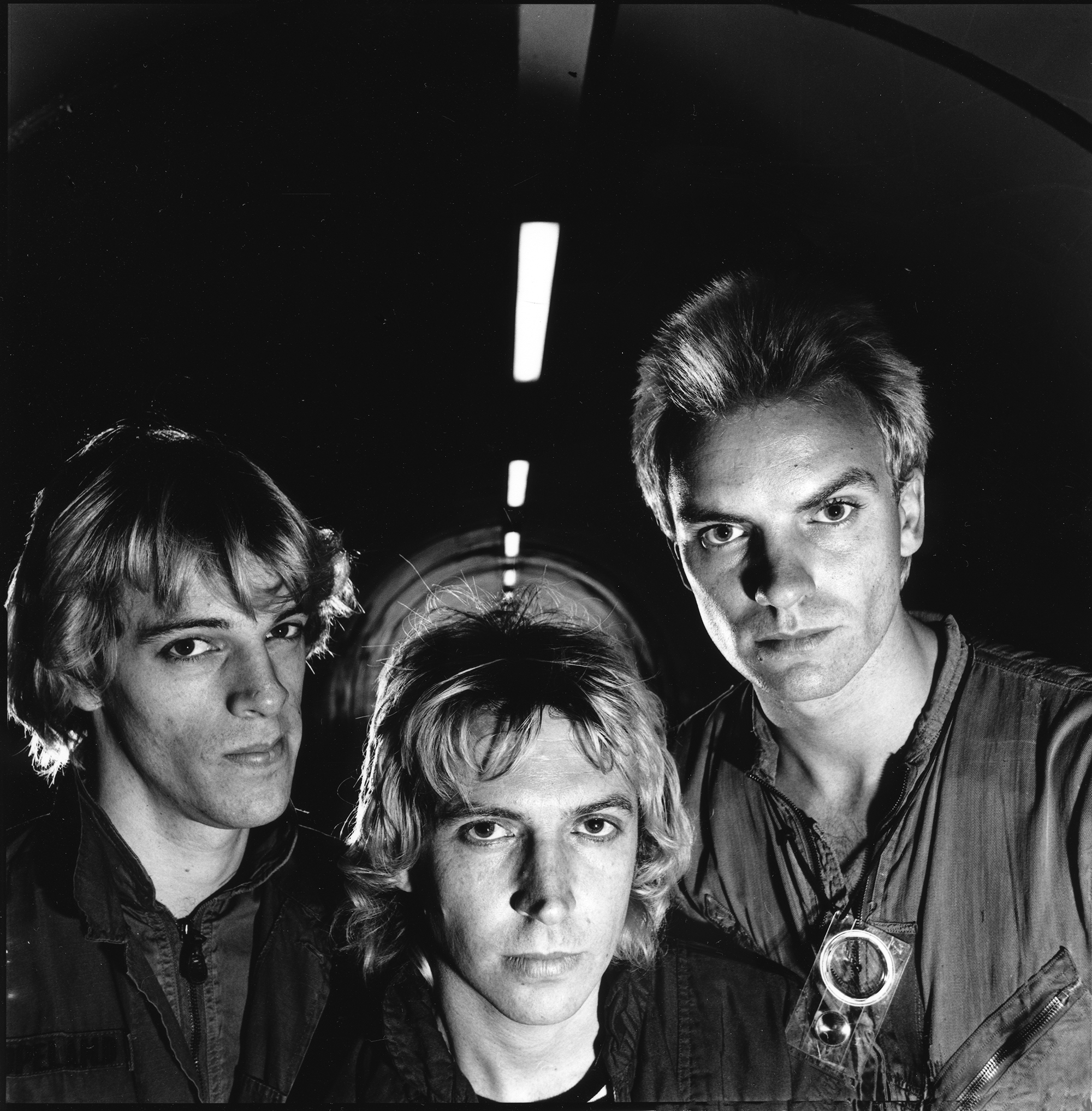
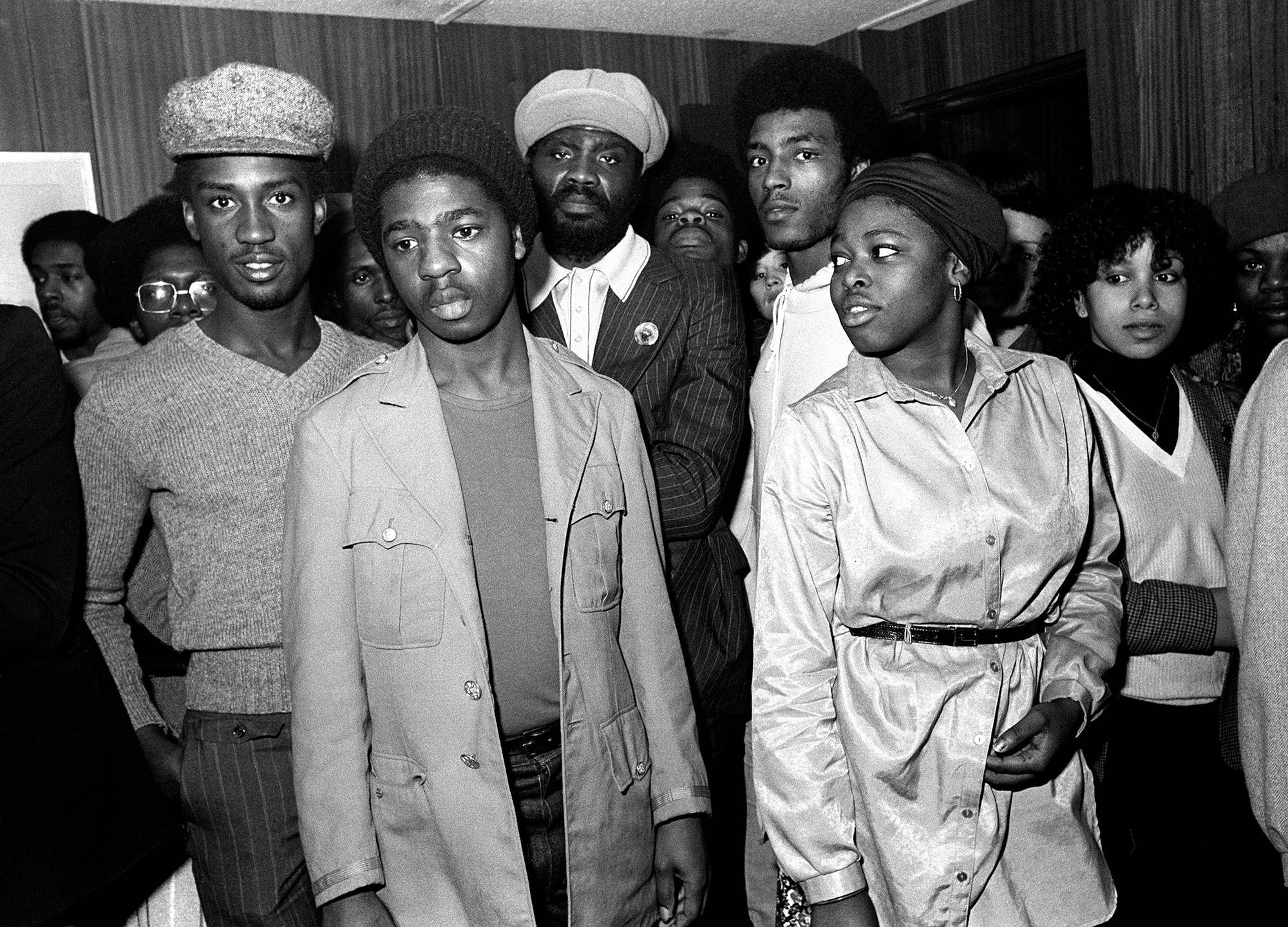
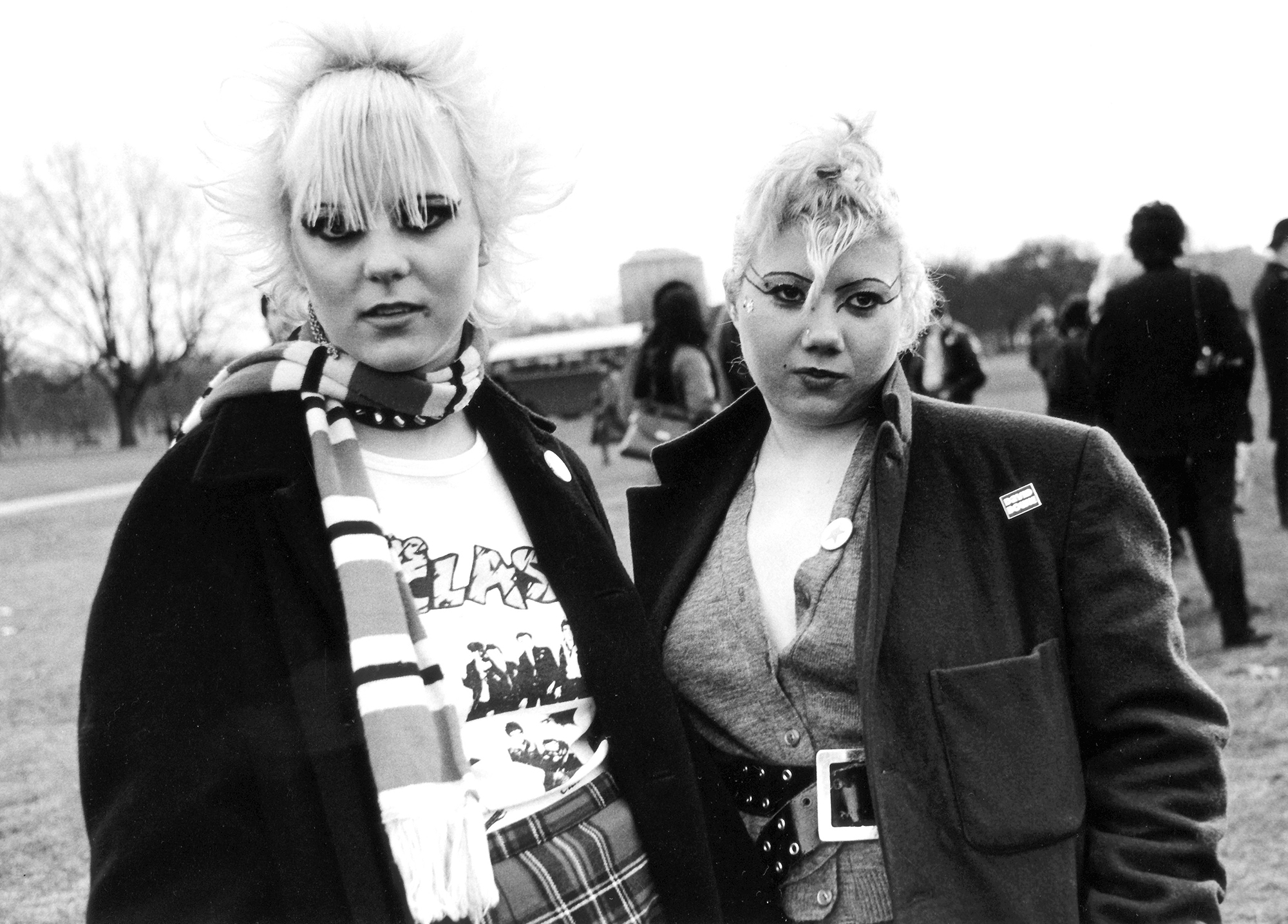
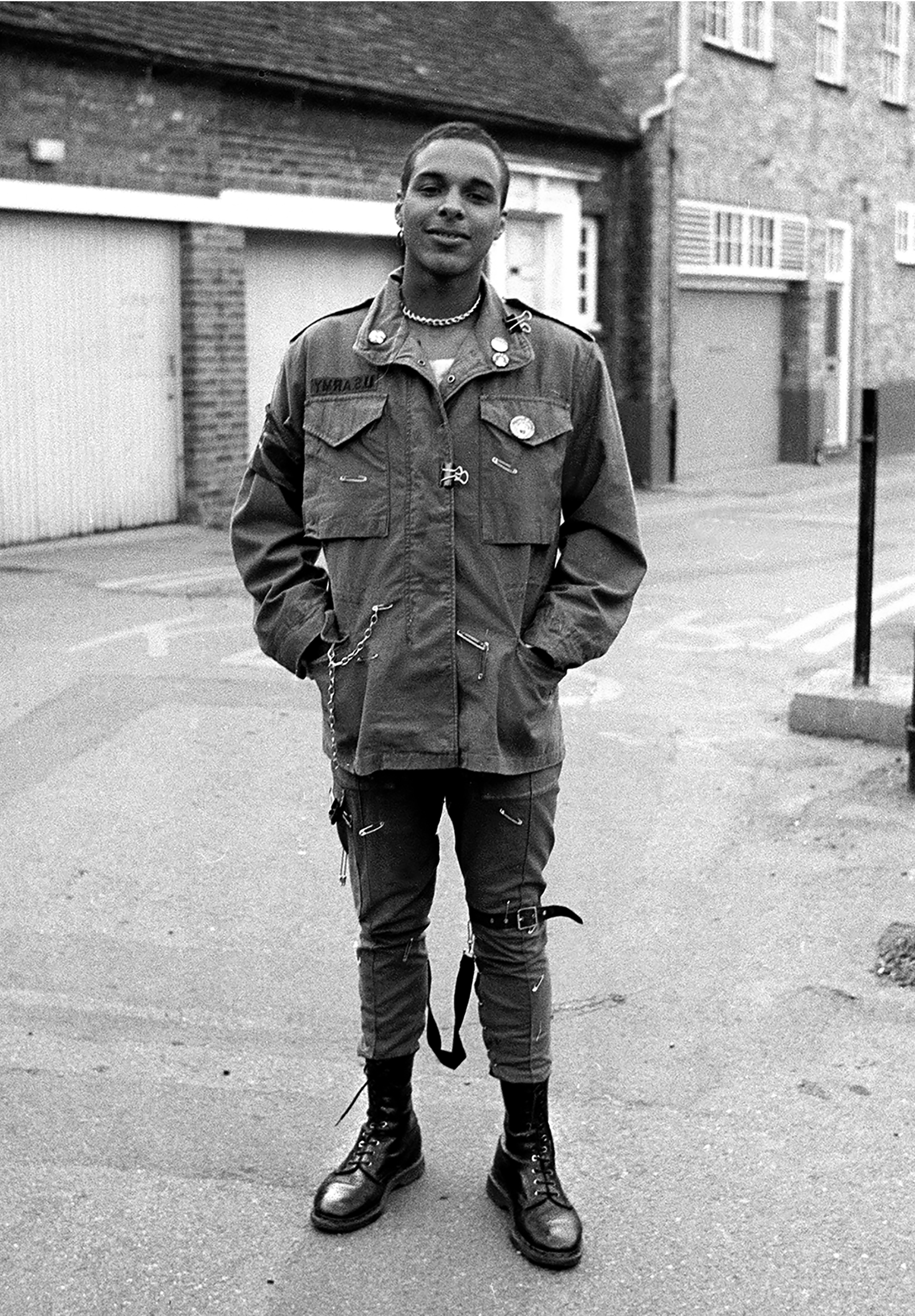
All photographs by Janette Beckman. You can find more of her work here. Follow more of Miss Rosen's work here.
from VICE https://ift.tt/2KuxyU8
via cheap web hosting
No comments:
Post a Comment